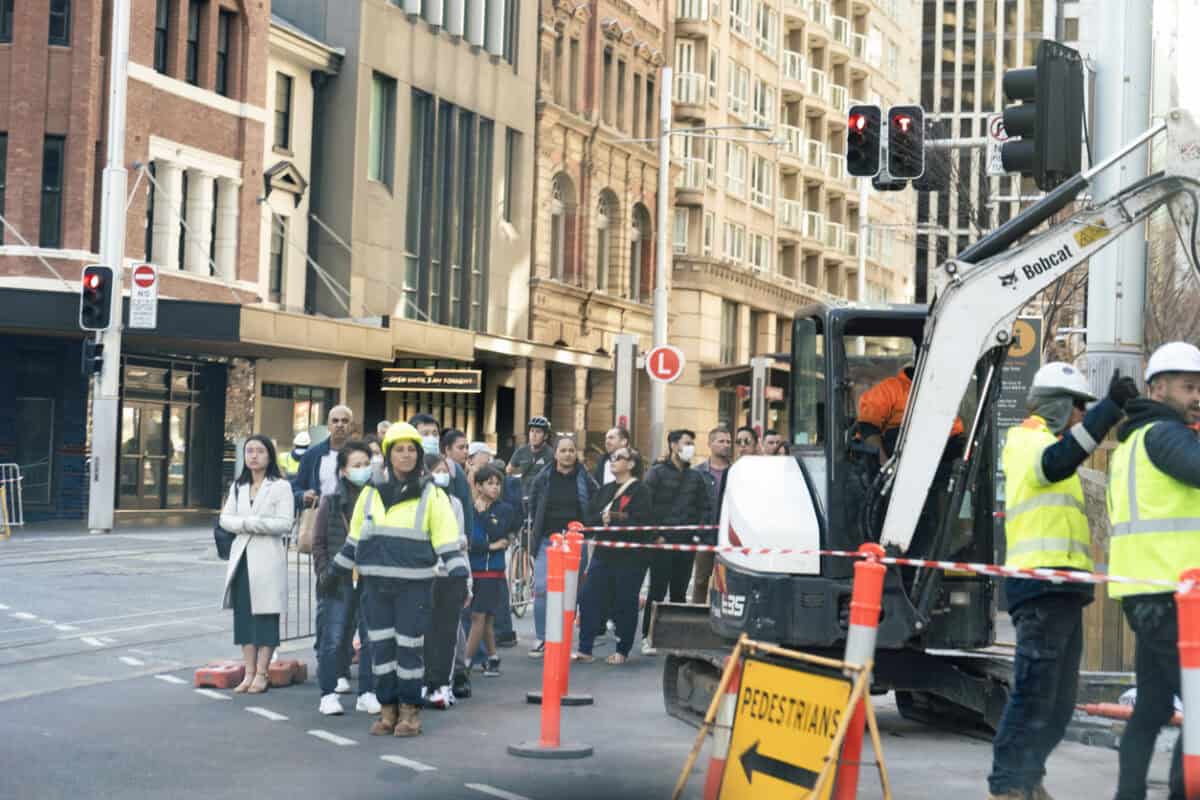Most of the Australian occupational health and safety (OHS) regulators have released their calendars of events for October. There are many invaluable events, especially for those in small- to medium-sized businesses or who have been delegated as “responsible” for OHS in those companies. There are several special events and symposiums for those of working in OHS full time, but here are three themes that I would like to see discussed during the 2024 National Safe Work Month?
Tasmania is the latest and last jurisdiction to include Industrial Manslaughter laws on its law books. The hopes of Tasmania politicians and trade unionists echo those of the Australian Capital Territory and Victoria several decades ago, and those in the United Kingdom who campaigned for a long time for similar laws.
Deterrence is mentioned frequently but this potential impact has never been proven as being effective in the reduction of harm or the improvement of safety. This is partly because no one is investigating the social, economic or political factors that may be generating work health and safety improvements.
There is a general trend in declining physical fatalities but there is also acceptance of “new” workplace hazards such as poor mental health and suicides. IF these hazards had been accepted and recorded at the start of this century for instance, would the OHS trend be declining, or by as much? Would the measurement tool have been revised to include more accurately serious physical and psychological injuries? If the trend was shallower, would the regulatory strategies and political rhetoric be different?
Ignoring Victoria as the unfathomable hold-out State for specific psychosocial hazards, most Australian jurisdictions have had regulations that emphasize a positive duty to prevent psychosocial hazards and psychological harm in their OHS laws for a couple of years. We are due for an informal interim report on the reduction of harm these laws have produced. If the reduction is minimal or non-existent, we should be told about the barriers to change. There should be enough evidence, even preliminary, for OHS regulators to identify the major impediments to the acceptance of these obligations and their implementation.
Health and Safety Representatives (HSRs) are part of the OHS landscape, primarily because of their legacy presence in the OHS and Work Health and Safety (WHS) laws. HSRs are part of the Consultation requirements and need to be maintained. However, HSRs are in a small number of industries and companies and are usually supported by trade union membership and legacies. The vast majority of Australian companies do not have such representatives but they do require Consultation on OHS matters.
Regulators should be offering parallel information sessions on Consultation for those who chose not to use the HSR option, and it is only an option. Employers need to know what effective OHS consultation looks like and what mechanisms can be used to discuss workplace hazards and, more importantly, control them. Consultation that is effective trumps an ineffective and combative HSR-based structure. OHS Regulators should perhaps be emphasising why Consultation is required and the OHS legislative aims, rather than the how of Consultation suggested in the body of the Act and the Regulations. The question to be answered is “How can I make my workers safer?”
This is the question that workers, employers and OHS people must ask every day. It keeps us focussed on our legisltive and moral duties to ourselves and others, and identifies the safety clutter that leads us to work in bullshit jobs. During Safe Work Month keep asking yourslef “How can I make my workers safer?” but even more importantly in the seminars, webinars, tradies’ breakfasts and whatever you attend, ask “How will this help me to have safer workers?” You’ll be surprised at how many speakers will need to pause and think how to respond to a question that they may never have asked themselves. Their advice may make workers safety and healthier but try to pin them down to proof and evidence. You won’t find much.


Definitely food for thought!